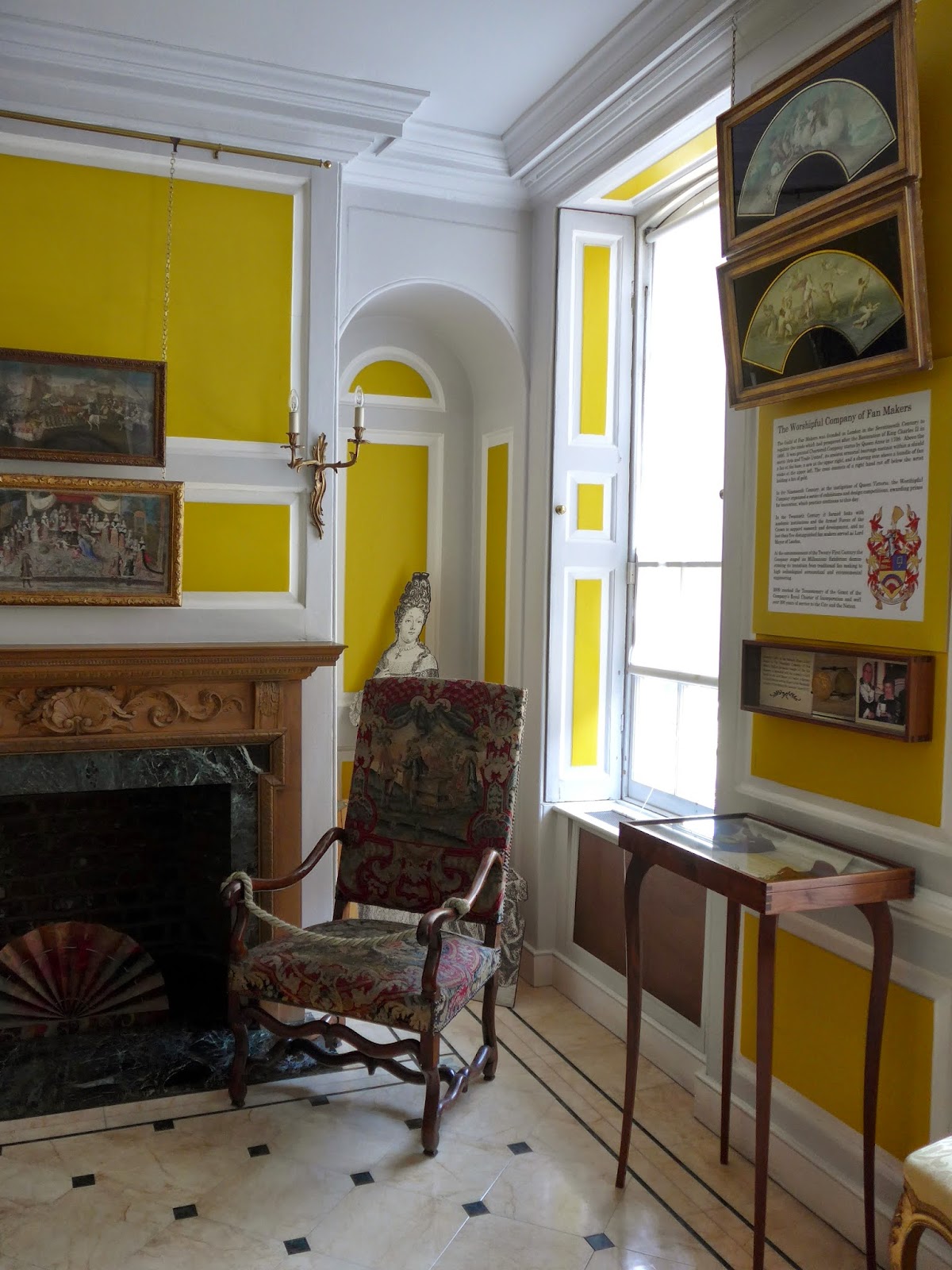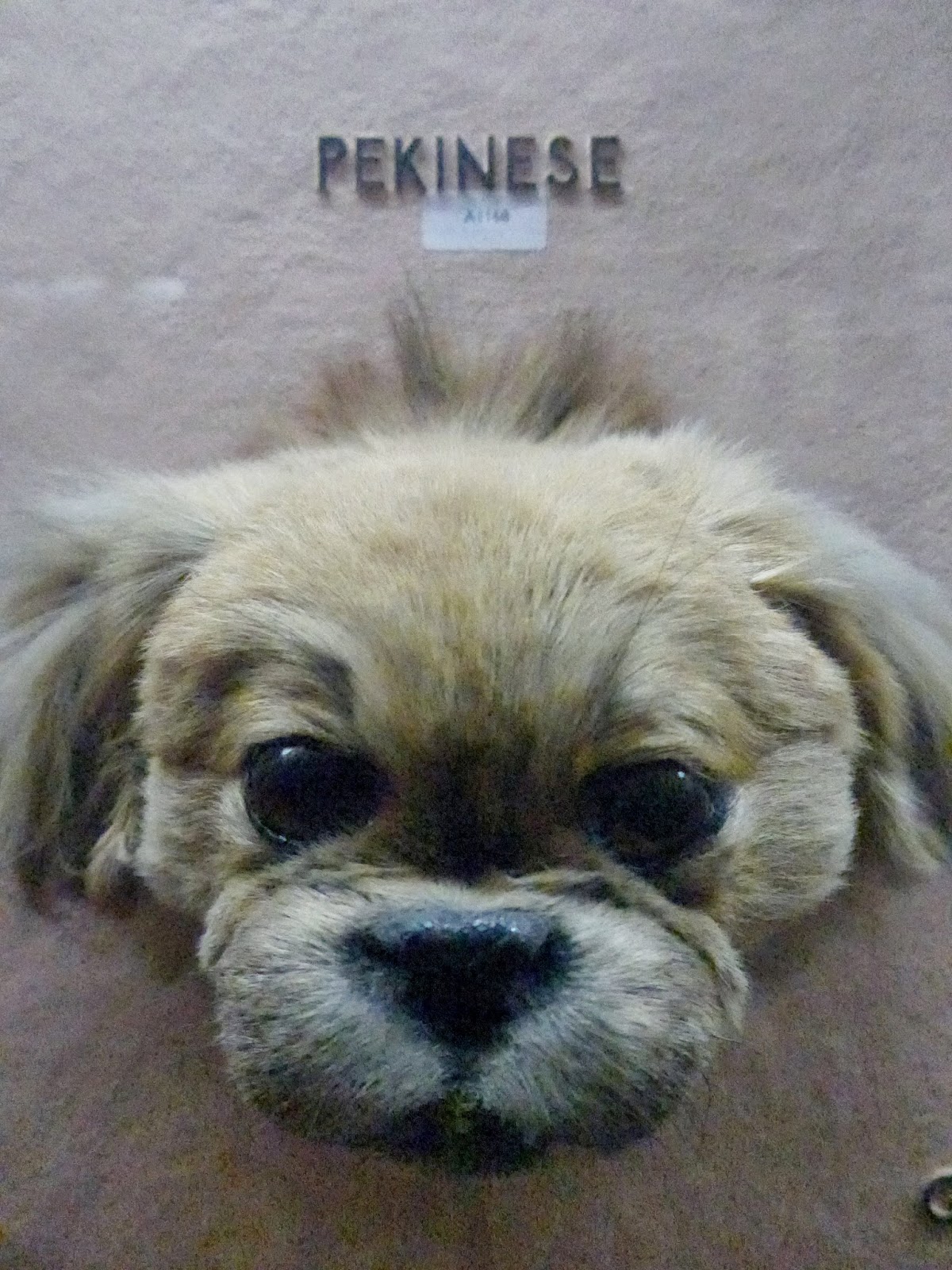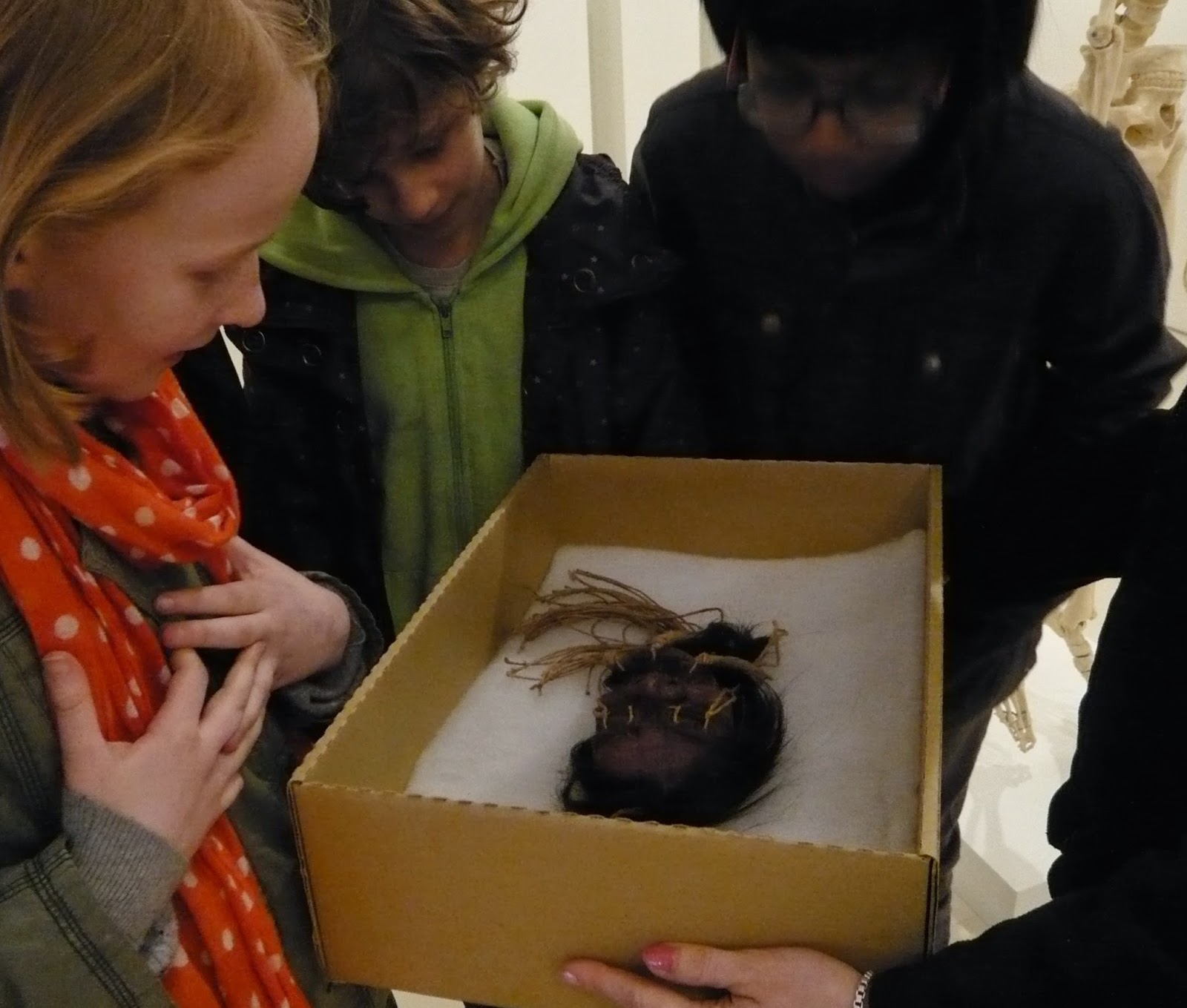On one of the hottest days of the year,
I went with a friend to The Fan Museum in Greenwich.
We couldn't use them unfortunately,
only look,
and learn more about fans.
We couldn't use them unfortunately,
only look,
and learn more about fans.
There was a lot to look at.
Painted fans,
Painted fans,
the only known fan leaf by Gaugin, 1887,
and by Sickert, 1889, painted on fine kid leather.
We saw how fans were made.
Historically some questionnable materials were used...
...ivory,
...and turtle shell.
Shells were also used to make fans,
mother of pearl and abalone.
Mozambique (in the centre),
China,
Togo.
Those countries can get pretty hot.
"Wonder if today London might be hotter than them?"
Here the great debate about 'form' and 'function',
'useful or beautiful',
continues...
Beautiful? No.
Useful? Yes.
"If only these weren't behind glass."
Beautiful?
The galleries, particularly that yellow and grey paintwork.
The galleries, particularly that yellow and grey paintwork.
Useful?
"Award-winning ladies toilets".
They are very proud of them.
"Award-winning ladies toilets".
They are very proud of them.
Magazines, well extracts from magazines, are displayed on the back of the toilet doors.
Something to read on the loo.
'The Fan' "...and is just plain-old needed when it's 30 degrees in London."
has over 4,000 fans in its collection.
They can't all be on display at the same time,
so to give us many opportunities to see all these fans,
the fan exhibition in the gallery upstairs is changed several times a year.
Currently, the exhibition is,
Seduced! Fans and the Art of Advertising.
On until 28th Sept 2014.
Coming soon in my next blog post.
The fans above should all be around whenever you happen to visit in the future
as they are part of their permanent collection.
As for the Gold certificate for their Ladies' loos,
visit in 2015 to find out if they have retained that prestigious award.


















































